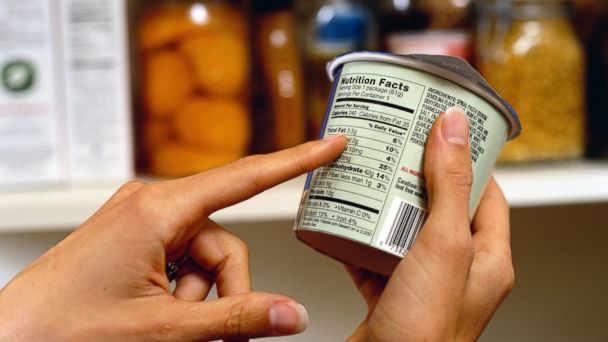
Although I am not a nutritionist I have been intimately involved in the health and fitness field for many years. As a result, I am well familiar with the dieting needs of people who want to improve their health through proper nutrition.
The lack of knowledge and motivation to follow through, are two main reasons for the expanding waistlines in our population today.
Let’s take a look at dieting and how to fix it today.
There are four main sources of nutrition we must be concerned with. How you consume them – the right proportion according to your body’s make-up and how active you are – will determine your health and fitness level.
The rule is: Activity, especially intense activity, requires foods that will feed the need for additional energy versus lite or no activity which would call for a toned down diet.
These four sources of nutrition must nourish our bodies and supply it with energy for life. These are fluids, carbohydrates, protein and fats. Vitamins are also important however we should get the essential ones from the food we eat.
Today let’s look at fluid intake . . .
Fluids
Our bodies are made up mostly of liquids – blood, blood plasma, fluid within our cells, bile, feces, urine, sweat – to name a few. All these liquid serves a purpose and proper nutrition calls for keeping them as clean as possible. This means not consuming useless liquid-calories such as juices with added sugars, sports drinks, diet sodas . . . even water with added flavorings.
Water is my drink of choice and I would encourage you to make it yours also. I drink enough of it every day to satisfy my thirst, and of course when I am exercising, which is four to five days each week, I drink more.
Some important functions of bodily fluids include regulating body temperature and transporting substances throughout your body. For example, sweating is necessary and we do it even when we are not exercising. This is one way our bodies get rid of excess fluid and keep our skin cool in the process.
I stay hydrated by upping my water consumption before I start my exercise routines. I drink – between sets when I am exercising and after I am finished – in order to replace loss fluid. When exercising – don’t wait for the thirst signal but consciously drink water often. Of course intense workouts will require more water.
Your fluid source should be as clean as possible. I avoid sports drink like Powerade, Gatorade, red bull and other artificially flavored drinks because they are not ideal for proper hydration.
We lose some electrolytes and potassium when we work out, especially for longer routines of more than an hour. In this case you can supplement with coconut water or some other natural electrolyte and potassium source.
I prefer to use a water bottle made from glass or stainless steel and not drink from a plastic bottles. Plastic can be a source of added contamination from the chemicals used to make it. These chemicals will leach into the water especially if they are stored in a warm environment.
I drink approximately 21 ounces of water or about 600 millimeter each time I exercise. This is in addition to what I normally consume each day which is approximately five to seven 8 oz. glass of filtered water. This amount varies for each individual depending on weight, age and gender. Experiment on your own to find out what amounts are ideal to satisfy your hydration needs.
There are many theories as to whether drinking water warm or cold is more effective for weight loss especially when exercising. I have been drinking cold water because I believe it forces my body to work harder to heat it up to 98.6º . . . our normal body temperature.
When drinking water while exercising don’t drink the entire bottle in four swigs. Pace your self by having a few sips each time you drink. Drinking water too fast can cause stomach aches and lead to multiple trips to the restroom.
Keep in mind that your cup of coffee or tea is also another source of fluids that many of us drink each day. A cup of coffee is simple water that’s been topped up with coffee. Use little or no sugar if possible and don’t add unnecessary sugar substitute as many of these have been proven to be unhealthy.
In my next post I will discuss your main energy sources: carbohydrates and protein. To get that information now click the link below.
Get that information now
